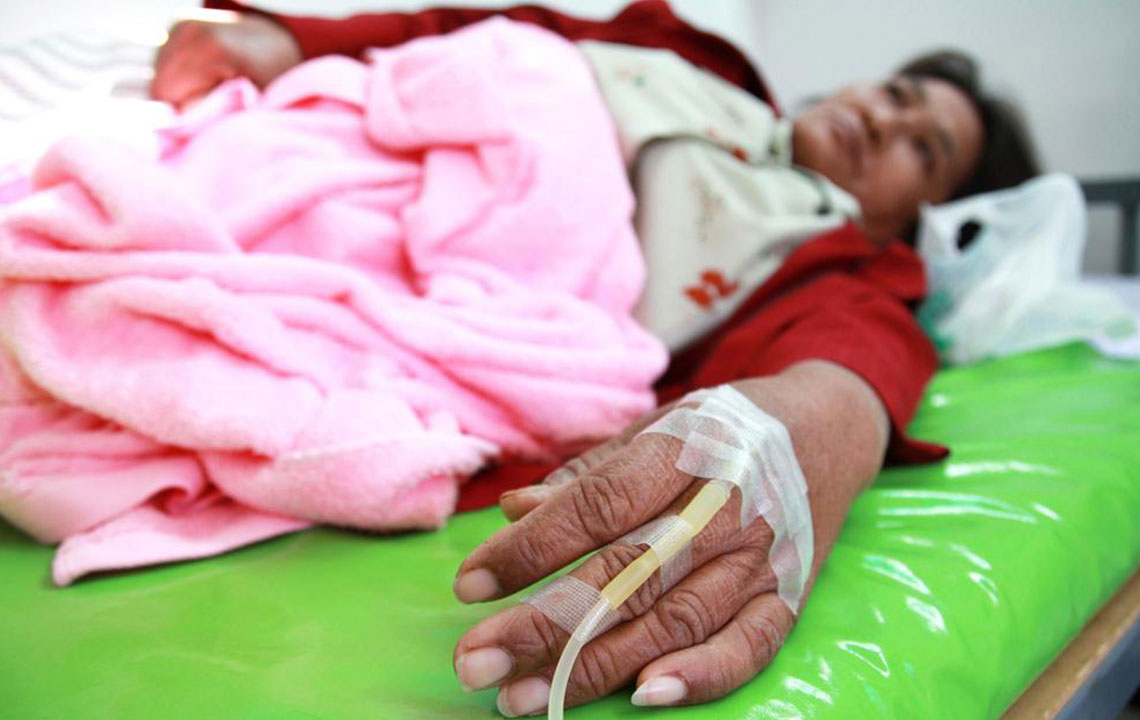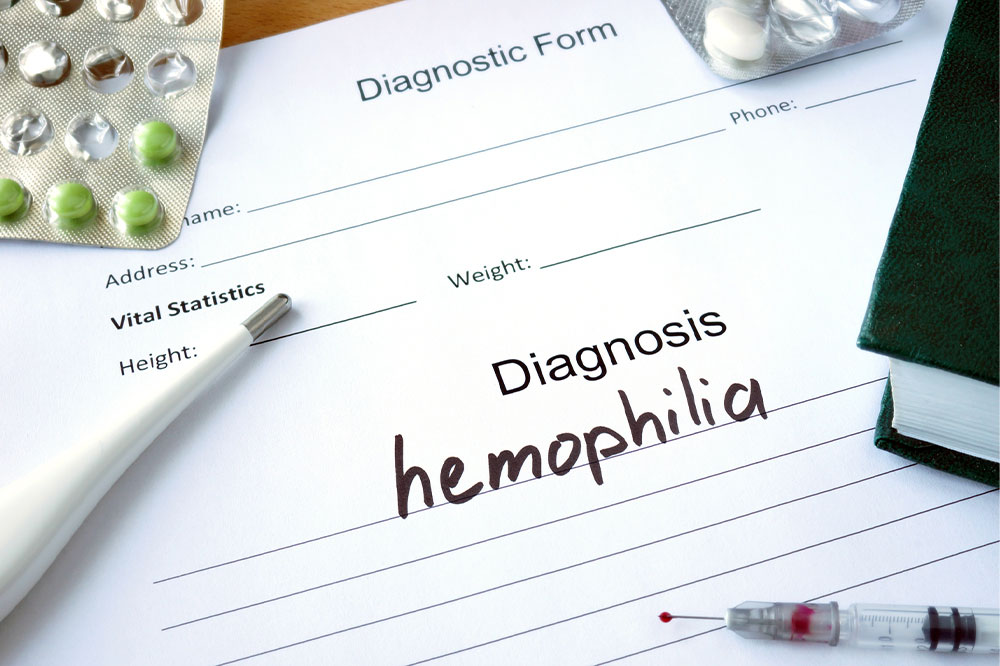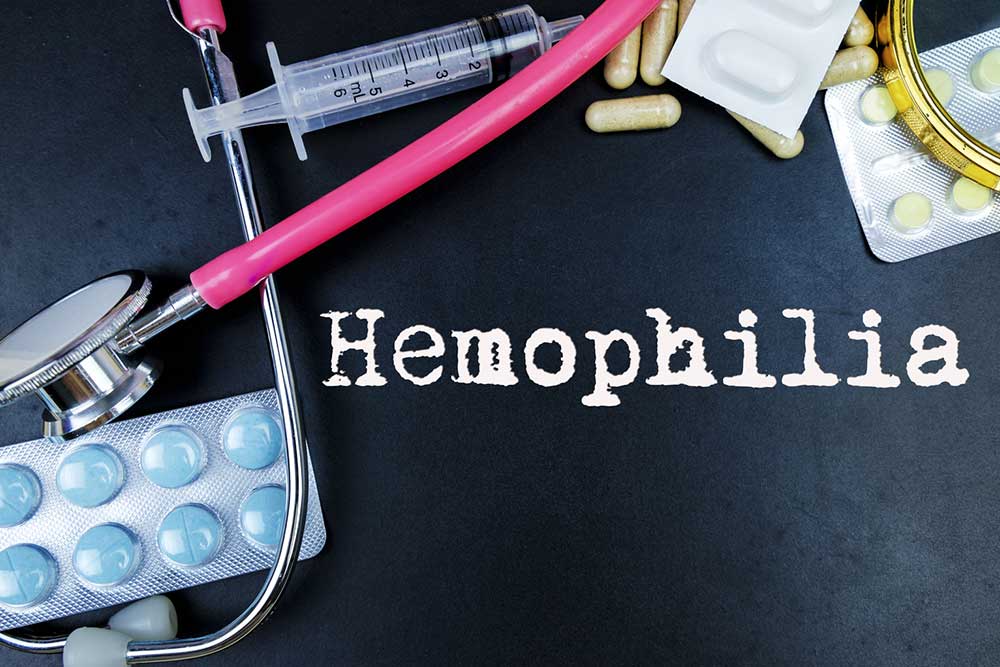Understanding Hemophilia: Causes and Treatment Strategies
Discover the causes and treatment options for hemophilia, a genetic disorder that impairs blood clotting. Learn about symptoms, inheritance patterns, and therapies like replacement treatment to manage bleeding issues effectively. Consult healthcare professionals for personalized care and diagnosis.

Understanding Hemophilia: Causes and Treatment Strategies
Hemophilia is a genetic disorder where the blood lacks the ability to clot properly, leading to excessive bleeding internally and externally. Treatment mainly involves replacing missing clotting factors to promote normal blood clotting. Knowing what causes hemophilia helps in managing potential health risks in the future. The condition can be inherited or result from spontaneous genetic changes, with symptoms including easy bruising, frequent nosebleeds, and bleeding from minor injuries.
Common causes of hemophilia:
The most prevalent form, hemophilia A, is inherited genetically from one’s parents.
Spontaneous mutations occurring before birth can also lead to hemophilia.
A rare, non-inherited form of hemophilia A can be caused by factors like cancer, pregnancy, or certain medications, and can be life-threatening.
Patients should be aware of symptoms such as prolonged bleeding from small cuts, unexplained blood in stool, nosebleeds, and large bruises. Understanding treatment options is crucial for managing this condition effectively.
Key facts about hemophilia treatment:
Replacement therapy is the primary treatment, especially for hemophilia A and B, involving the infusion of clotting factor VIII. While it’s not a cure, it helps control bleeding episodes. There is a 20% chance of body rejection, requiring alternative sources or dosages.
Certain medications can help control bleeding in individuals aged 12 and older. Sometimes, oral drugs are combined with replacement therapy to maintain blood clot stability.
Important note:
This article provides general information on symptoms and treatments related to hemophilia. It should not replace professional medical advice. Always consult qualified healthcare providers for diagnosis and treatment options tailored to individual needs.










